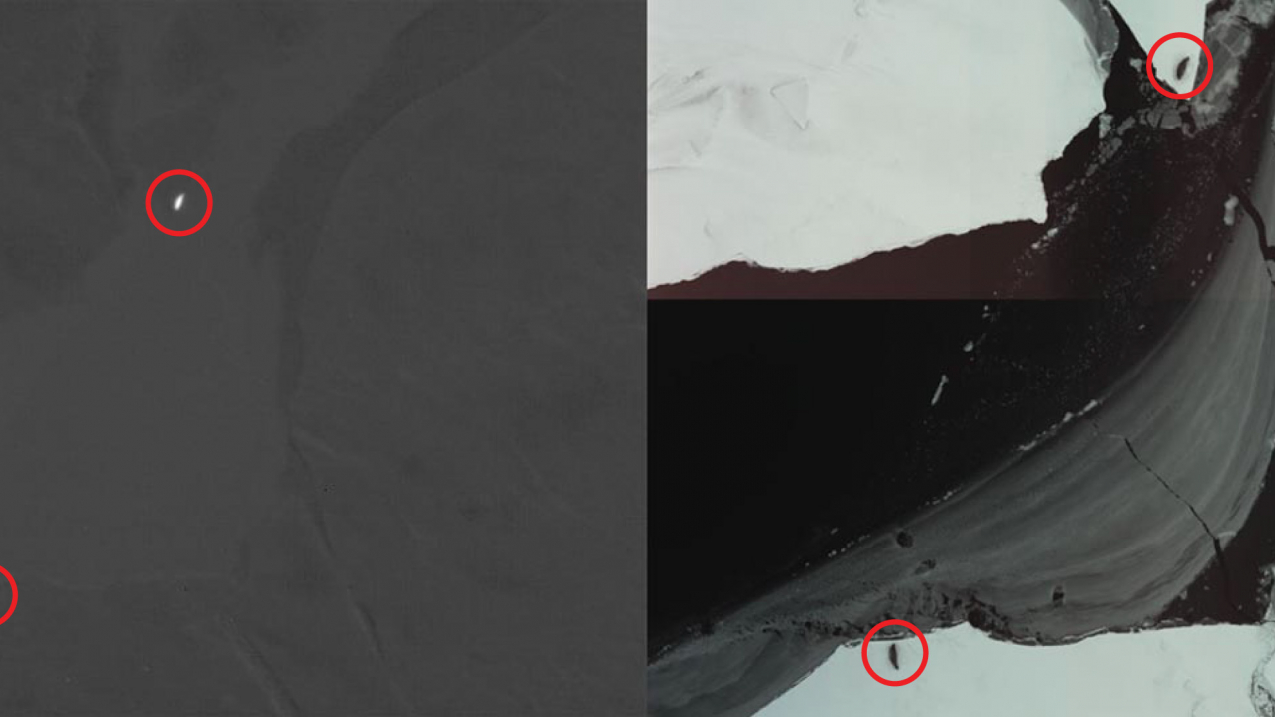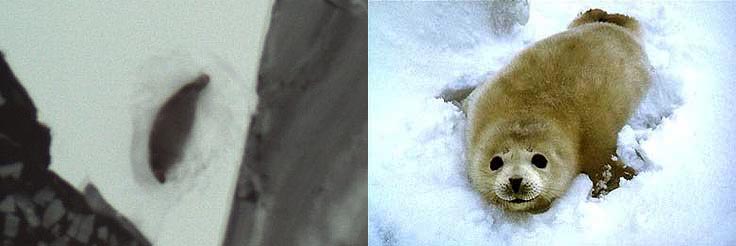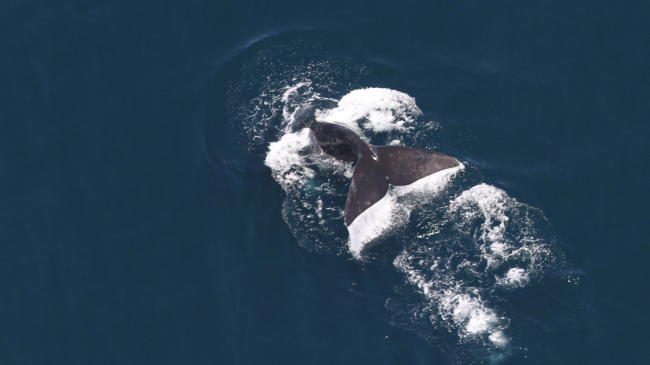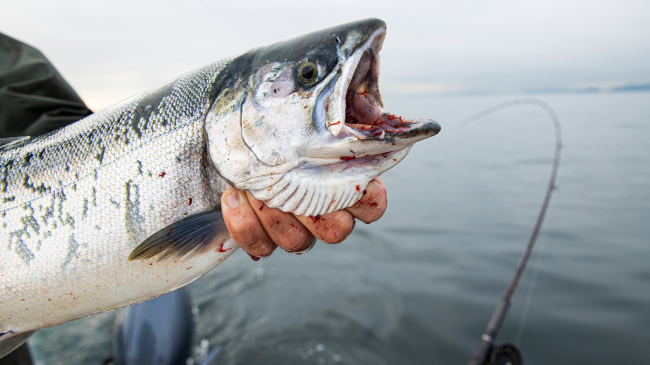Infrared images help scientists find hard-to-spot Arctic animals from the air
Ice seals and their polar bear predators in the Arctic have the perfect disguise — their light-colored fur against the north’s sea ice and snow. That makes it difficult for scientists to spot them from the air to study them and get accurate estimates of just how many there are.

Infrared images (on left) can help scientists spot some animals, circled in red, more easily than visual images (on right). (Image credit: NOAA)





